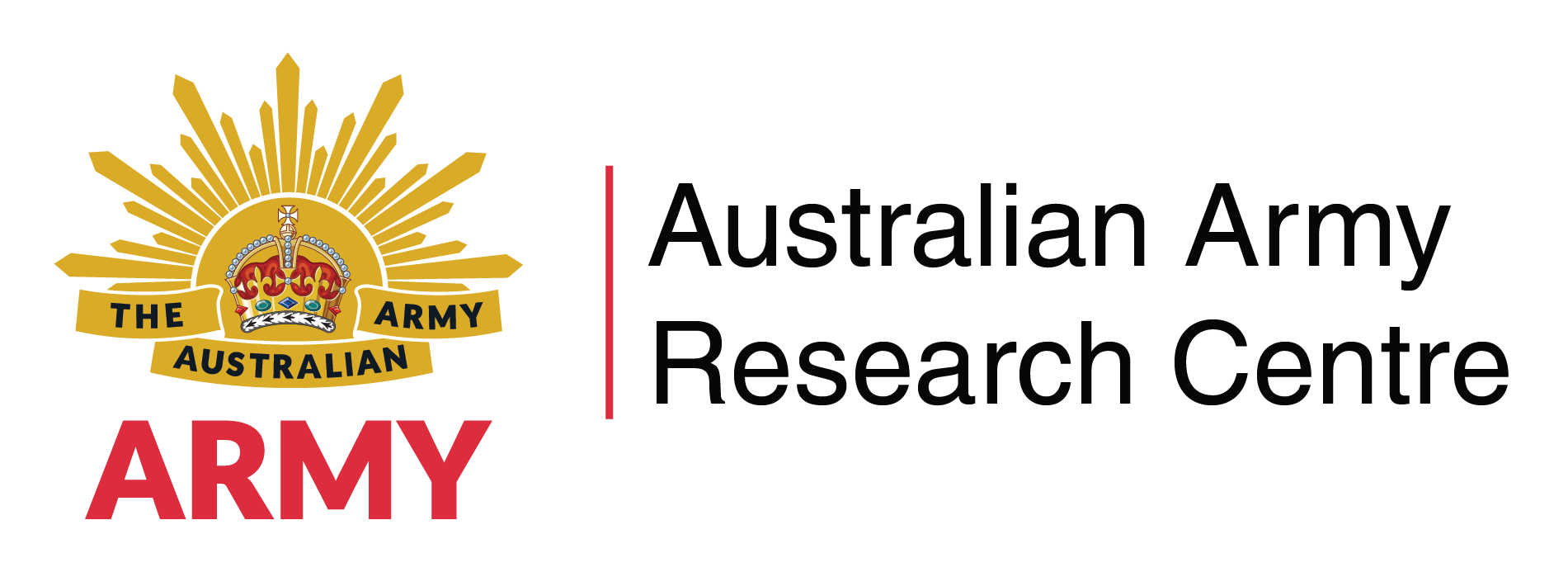Search
Using the filters to the left, click your selection, it will become bold and filter the results, click it again to remove that filter.
Aremarkable change in the general thrust of Australian defence policy has occurred in the past eight years. In 1996, Australia’s defence policy revolved around the Navy and Air Force defending the northern sea–air gap as if it were a moat. The Army’s role was peripheral to the latter task and was confined to dealing with those enemy combatants that succeeded in penetrating the continental landmass. For a trade-dependent nation such as Australia, the concept of a continental- style defence policy ignored …
The swift and overwhelming nature of the initial warfighting phase of Operation Iraqi Freedom has prompted some defence experts to proclaim the arrival of a new way of war designed around Effects-based Operations (EBO). In essence, such operations seek to move away from an attrition and linear approach to warfare. In an effects-based philosophy, campaign planning seeks to identify the outcomes that are required from fighting and then to derive the means required to achieve such outcomes. This article …
‘The manoeuvrist approach ... concentrates on the judicious massing of effects rather than massing of physical force.’ - Australian Army, Future Land Warfare 2032 (1999) Carl von Clausewitz’s insight that war is a free and creative act resting on a clash of wills reflects an enduring reality of war, namely that antagonists always seek to exploit their perceived strengths and weaknesses in order to try to impose control. Modern defence forces in general, and armies in particular, usually apply force as a …
The recovery of isolated American and coalition personnel has been one of the highest priorities of successive US military and political leaders throughout the 20th century. Since the advent of the helicopter, combat search and rescue techniques, and personnel recovery doctrine have been based on conventional military principles. American dominance in conventional warfare, however, encourages potential adversaries to pursue asymmetric approaches to combat. Until recently, there was a perception that the …
On 11 September 2001, the world’s perception of warfare changed. The al-Qa’ida terrorist attacks on the United States were not launched against an individual country as much as a particular system of values and beliefs. Recognising this reality, countries around the world, including Australia, joined a coalition in order to fight a ‘War against Terror’. The attacks of 11 September were an example of an asymmetric warfare strategy that integrated three types of political violence: terror, suicide and mass …
The appointment of Land Commander, Australia, carries with it responsibility for the command of over 25 000 troops and a requirement to deliver ground forces in sufficient time and in proper order for both national and international operations as directed by the Australian Government. Furthermore, the Australian Land Commander may be directed to take responsibility for managing military forces on behalf of the country’s senior operational-level commander, Commander, Australian Theatre. On many occasions …
Although infantry commanders throughout the Marine Corps have now had an opportunity to see the combat effectiveness of light-armoured infantry (USMC LAV regiment now titled Light-armoured Regiment) units through the full range of conflict intensity ... many do not understand the mission, function, capabilities, limitations or proper methods of LAI employment. - Captain J. J. Maxwell, US Marine Corps, ‘LAI: Impressions from SWA’, Marine Corps Gazette , August 1991. On the subject of light armour, the …
The role of a Chief of Army is to raise, train and sustain the land force. Inherent in these functions is a constant search for balance between current operations and force modernisation for our future capability. As we learnt in East Timor, Afghanistan and the Solomon Islands, the Government may require the Army to deliver land forces for deployment at very short notice. There is, therefore, always a dynamic tension between present operations and future modernisation. Over the past four years, the Army …
In conventional terms, the task of Australia’s defence and national security apparatus is to protect national territory against any form of direct military attack. This task is usually taken to mean repelling an armed invasion of the continent although, in recent years, the possibility of a terrorist attack on Australia has become a factor in the public mind. In reality, Australia has never had to fear seriously the prospect of invasion. Even in 1942, the Japanese hesitated to invade Australia; today, only …
Contemporary military operations and the character of the emerging security environment have shown that full-scale mobilisation for the defence of the nation is much less likely in the early 21st century than it was in the 20th century. Indeed, the trend away from state-on-state, large-scale conflict began in the last century. From the time of the Korean War of 1950–53 through the Vietnam conflict of the 1960s and early 1970s to the current plethora of small-scale conflicts experienced at the beginning of …
